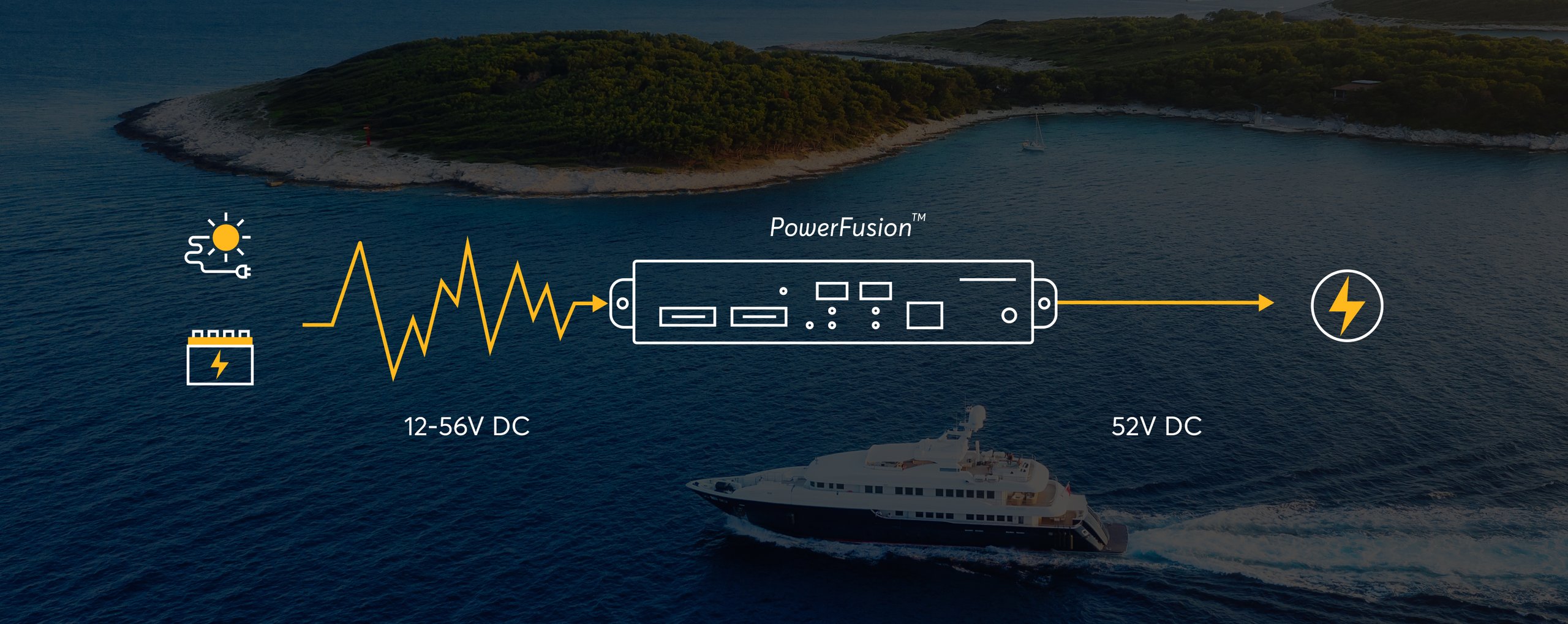PowerFusion technology is about the bonding and unification of multiple power inputs, thus plays a vital part as Power controllers for Network devices and Telecommunications equipment such as routers, gateway, Ethernet switches and supports high-speed carrier-class Ethernet service. It benefits everyday lives by offering remote presence management which enables Internet live streaming and also provides a stable and secure power supply to equipment by stabilizing the voltage.
Common Power Problems
Voltage Fluctuation
Inability to Troubleshoot
Battery Drainage

The software and hardware-implemented PowerFusion further facilitates redundant power supplies and distribution boxes for electrical power which makes features like sensors, alarms and Power over Ethernet appliances (mainly network routers and switch) functional. Aggregated power supply equipment like Electrical adapters supply power to a communication device safely. Uninterrupted and seamless connectivity makes Fiber to-the-home Broadband work faster. However, the format of Powerfusion can not sustain simultaneously with a rechargeable battery, cables, charging cords, battery powered jump-start systems, and Semiconductor devices.

The vast majority of automobiles, trucks, boats, and yachts typically make use of a 12- or 24-volt power system. Even though the battery is designated to operate at a specific volt, the actual voltage is fluctuating depending on its lifespan, loading, and state-of-charge.
Pepxim’s PowerFusionTM technology allows vehicle and vessel power systems to achieve uninterruptible, reliable, and stable electrical power supplies. Using our voltage regulation circuit, you can aggregate multiple DC power sources with a wide voltage range from 12 to 56 volts, and transfer to a constant voltage power supply.

The SD-PMU can reduce setup costs, operational complexity, and maintenance expenses by performing the functions of three devices: a low-voltage disconnect monitor, a DC-DC converter, and a DC distribution panel.
Rather than installing three enclosures and connecting them through cables, installation now simply involves connecting the batteries and an Ethernet connection to the SD-PMU.
This results in significantly reduced network complexity, smaller footprint, and greater network resilience.